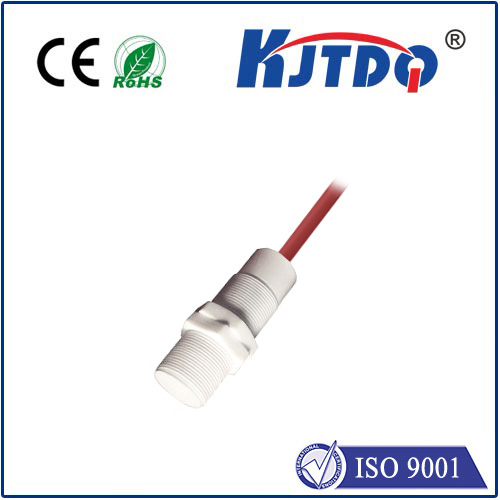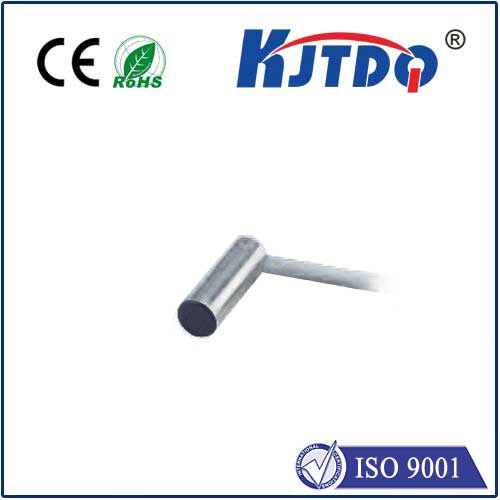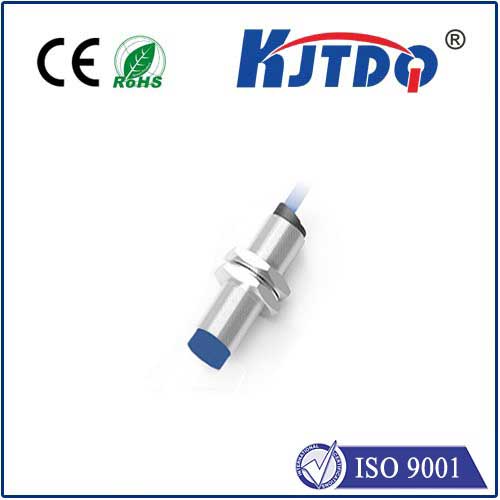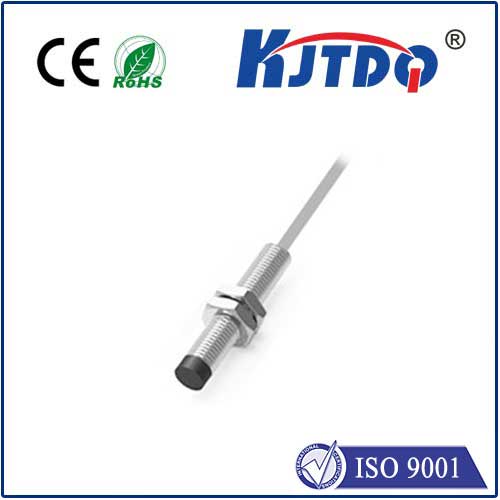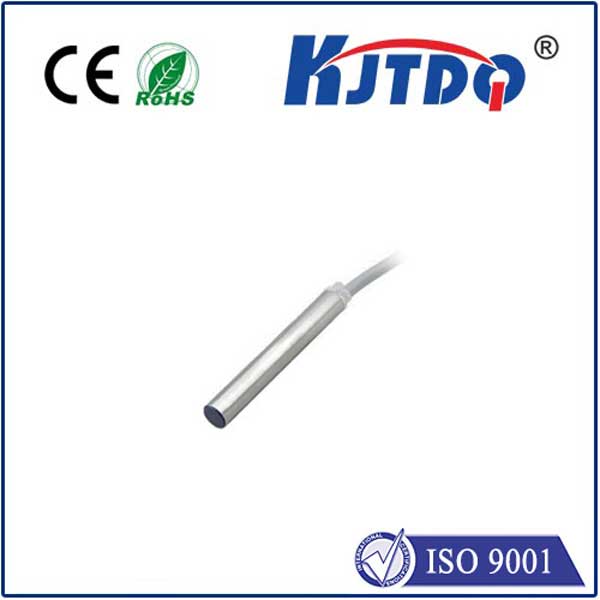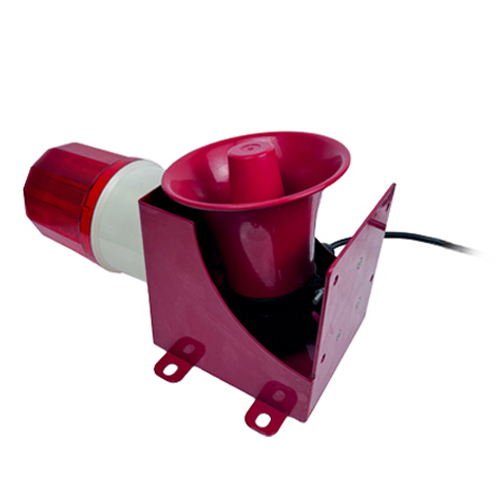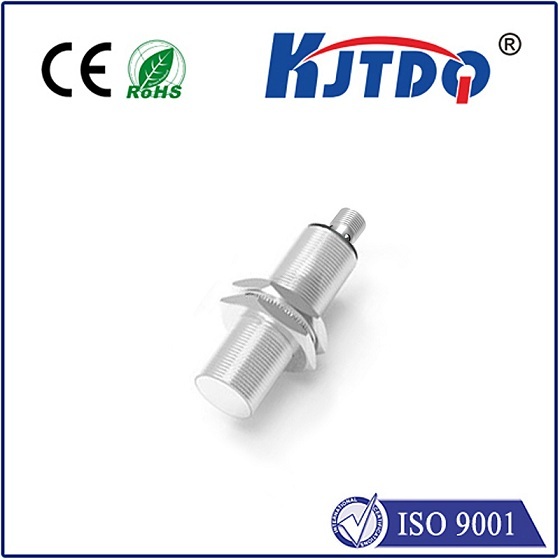duct temperature sensor
- time:2025-08-22 01:10:40
- Click:0
The Silent Guardian of Comfort: Why Your Duct Temperature Sensor Matters More Than You Think
Duct Temperature Sensor: The Unsung Hero in Optimizing HVAC Performance and Efficiency
Imagine walking into a perfectly conditioned room – neither too warm nor too cool – blissfully unaware of the complex machinery working behind the scenes. Now, picture that system working overtime, wasting energy, struggling to maintain comfort, or even allowing critical equipment to overheat, simply because it doesn’t know the true temperature of the air flowing through its veins. This unseen variable, the temperature within the ductwork, is precisely where the duct temperature sensor, a seemingly simple component, becomes the critical linchpin for modern HVAC efficiency, reliability, and occupant comfort. Often overlooked, its accuracy and reliability directly dictate how effectively your entire heating, ventilation, and air conditioning system performs.
Beyond a Simple Reading: The Critical Role of Duct Sensors
Far more than just a thermometer tucked away in a metal tube, the duct temperature sensor is the primary data source for your building management system (BMS) or HVAC controller regarding the actual condition of the air at a specific point within the system. This information is foundational for numerous critical functions:
- Precision Control: The core function. The controller compares the temperature reading from the supply air duct (leaving the air handler) against the desired setpoint. If it’s too warm, it signals the cooling components (like the chiller or compressor) to ramp up. If too cool, it signals heating elements (like a boiler or electric heater) to engage. This closed-loop feedback is essential for maintaining consistent comfort.
- Energy Optimization: An accurate sensor prevents unnecessary heating or cooling. Overcooling or overheating based on inaccurate readings is a massive hidden energy drain. Precise control, driven by reliable sensor data, avoids this waste, directly impacting utility bills.
- Protecting Equipment: Sensors placed in return air ducts can detect excessively high temperatures, potentially indicating equipment malfunctions, blocked filters, or failing motors. Similarly, sensors monitoring air leaving critical components (like a heat exchanger) can trigger safety shut-offs before damage occurs, acting as an early warning system.
- Optimizing Airflow: Temperature data, combined with airflow measurements, helps ensure ventilation systems are delivering the correct volume of air at the right temperature. Imbalances here lead to hot/cold spots and reduced indoor air quality (IAQ).
- Diagnostics & Commissioning: During system setup or troubleshooting, accurate duct temperature readings are indispensable for verifying system performance, identifying blockages, leaks, or improperly balanced dampers.
Choosing the Right Sentinel: Types of Duct Temperature Sensors

Not all duct sensors are created equal. Selecting the right type depends on your application’s requirements for accuracy, response time, and environment:
- Thermistors (NTC/PTC): Widely used due to their high sensitivity and relatively low cost. Negative Temperature Coefficient (NTC) thermistors decrease resistance as temperature increases, offering good accuracy within typical HVAC ranges. They provide a fast response time, crucial for tight control loops. Positive Temperature Coefficient (PTC) types are less common but used in specific protection circuits.
- Resistance Temperature Detectors (RTDs): Known for their exceptional accuracy, stability, and linearity over a wide temperature range (especially platinum RTDs like PT1000). They are highly repeatable and durable, making them ideal for demanding applications or where long-term calibration drift is unacceptable. Generally more expensive than thermistors.
- Averaging Sensors: Often utilizing a long capillary tube or multiple sensing elements, these provide the average temperature across a large duct section. This is critical where airflow is turbulent or stratified, ensuring the controller acts on a representative value rather than a potentially misleading point reading. Essential for large duct applications.
- Thermocouples: Less common for standard HVAC duct monitoring compared to industrial processes. They generate a small voltage proportional to the temperature difference between two junctions. While robust and capable of very high temperatures, they generally offer lower accuracy and require careful cold junction compensation, making them less ideal for precision comfort control than RTDs or thermistors.
Placement: Where Accuracy is Forged
Placing a sensor haphazardly in a duct is a recipe for poor performance. Several factors significantly influence accuracy:
- Adequate Immersion: The sensing element must be fully immersed in the airstream, not touching the duct walls which can conduct external temperatures. Probes should extend at least 1⁄3 to 1⁄2 of the way into the duct for smaller ducts, or follow specific guides for larger ones.
- Avoiding Disturbances: Placement should be in a straight duct run, ideally many duct diameters downstream from elbows, dampers, coils, fans, or other obstructions that cause turbulence or stratification. This ensures the air is well-mixed. Upstream obstructions create inconsistent readings.
- Accessibility: While positioning for accuracy is paramount, considering future calibration or replacement needs is practical.
- Thermal Contact: The sensor must make good thermal contact with the air. Poor mounting or sluggish sensing elements lead to lag and control inaccuracies.
Installation Nuances: Securing Reliable Data
Proper installation goes beyond just where you put it:
- Mounting: Use appropriate brackets or fittings designed to seal the probe penetration point to prevent air leaks and firmly hold the probe in the correct orientation and depth.
- Wiring: Use shielded cable appropriate for the sensor type (especially for low-voltage RTDs or thermistors) to minimize electrical interference. Follow manufacturer guidelines for wiring distances. Avoid running sensor wires parallel to high-voltage power lines.
- Calibration: Ensure sensors are calibrated periodically according to manufacturer recommendations and industry standards (like NIST traceability). Even high-quality sensors can drift over time. This is non-negotiable for long-term accuracy.
- Protection: Consider physical protection if there’s a risk of damage during duct cleaning or maintenance. In extremely high-velocity ducts, ensure the probe can withstand vibration.
The Tangible Impact: Efficiency, Savings, Peace of Mind
Investing in the right duct temperature sensor and installing it correctly yields significant returns:
- Reduced Energy Consumption: Precise temperature control eliminates energy waste from overcooling or overheating, directly lowering operating costs. This is the most significant financial benefit.
- Enhanced Comfort: Consistent, accurate temperature readings lead to tighter control, eliminating uncomfortable temperature swings and hot/cold spots for occupants.
- Extended Equipment Life: By enabling efficient operation and preventing strain caused by excessive cycling or running at incorrect temperatures, components like compressors and fans last longer. Early fault detection prevents catastrophic failures.
- Improved Indoor Air Quality (IAQ): Proper temperature control supports effective humidity management and ventilation strategies, contributing to a healthier indoor environment.
- Data-Driven Decisions: Reliable sensor data is fundamental for building analytics, identifying trends, optimizing schedules, and justifying future equipment upgrades or maintenance investments.
Modern Advancements: Smarter Sensing
The world of duct temperature sensing isn’t static. Integration with Building Automation Systems (BAS) and the rise of the Internet of Things (IoT) allow for smart sensors providing more than just temperature. They can offer diagnostics, remote monitoring capabilities, and seamless data sharing for comprehensive system analysis and predictive maintenance. Wireless options are also simplifying installations in retrofit situations.
Conclusion: Don’t Underestimate the Molecule Counter
The humble duct temperature sensor is far more than a simple gauge. It is the system’s primary source of truth about the air it’s conditioning. Its accuracy, reliability, and proper placement are fundamental to achieving the core goals of any HVAC system: comfort, efficiency, reliability, and longevity. Overlooking its importance is like flying blind – you might eventually get somewhere, but






